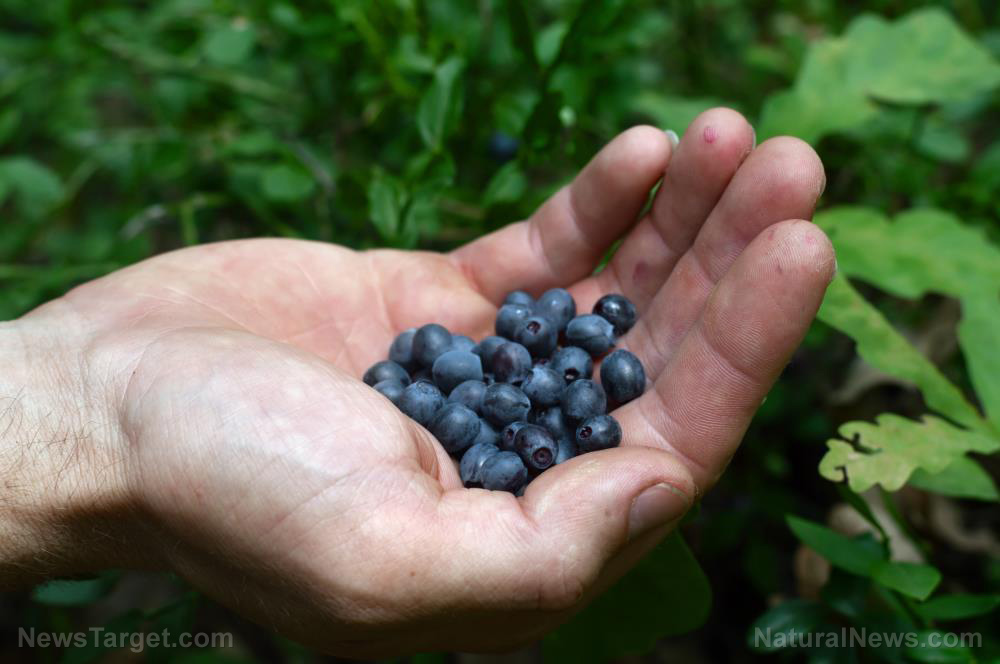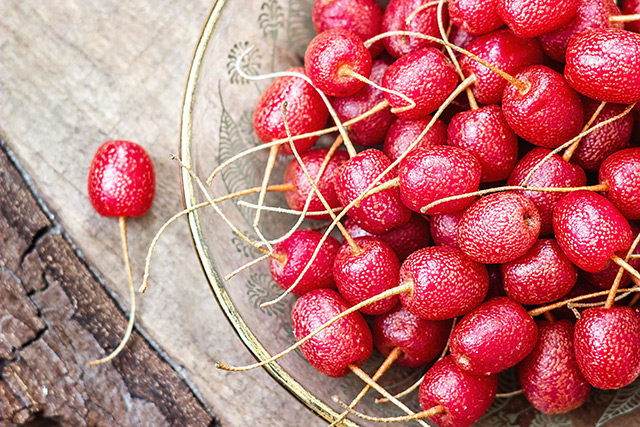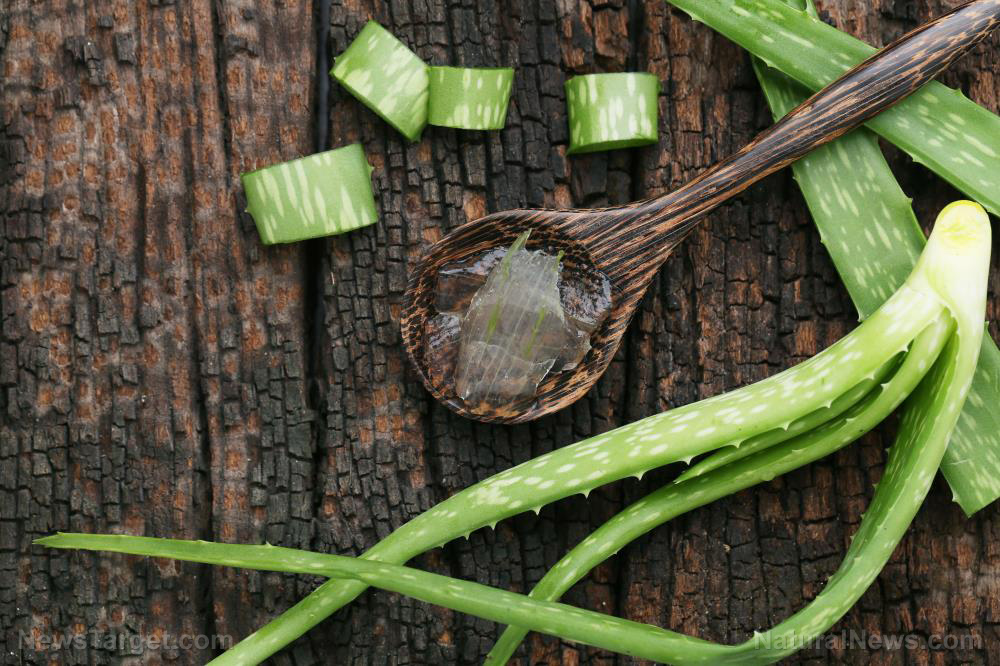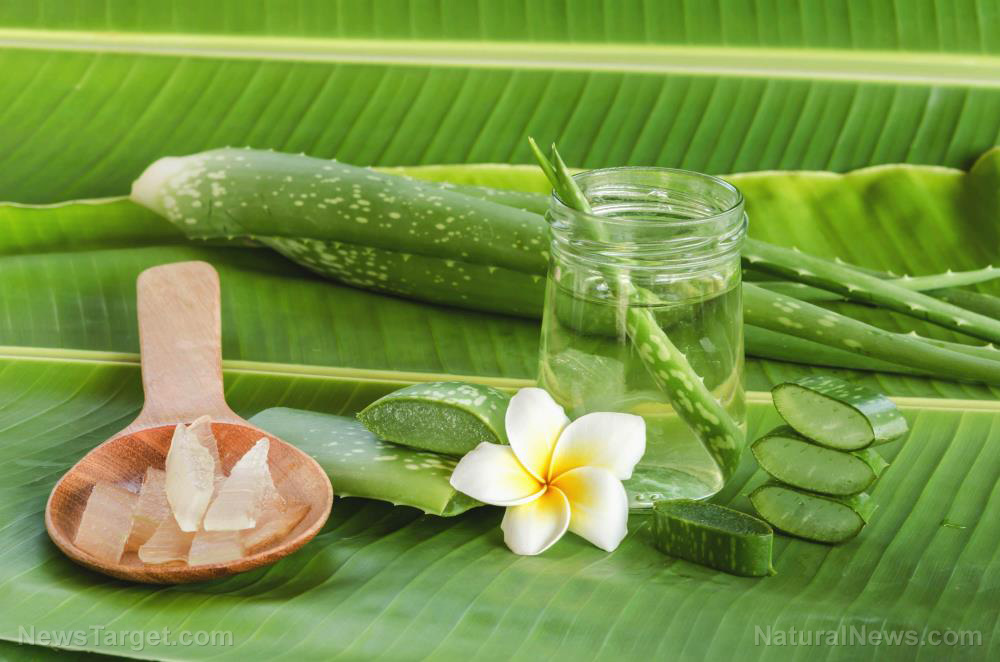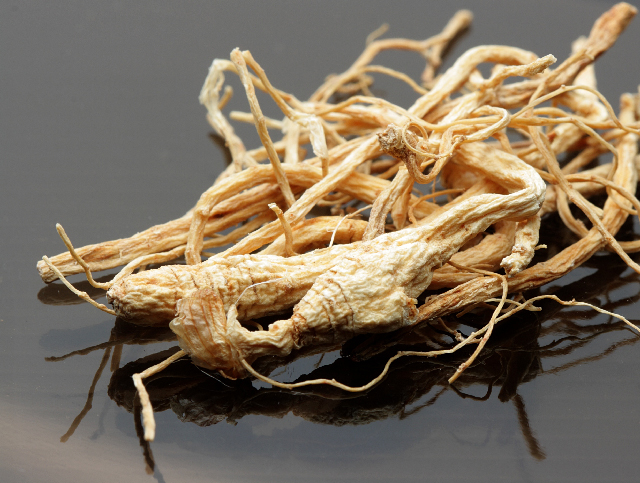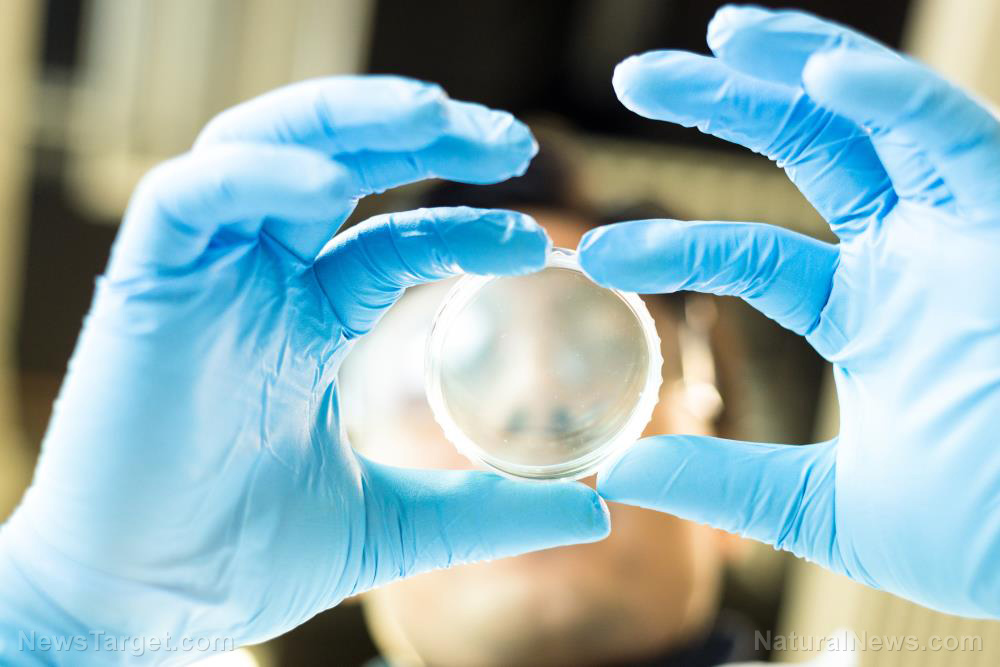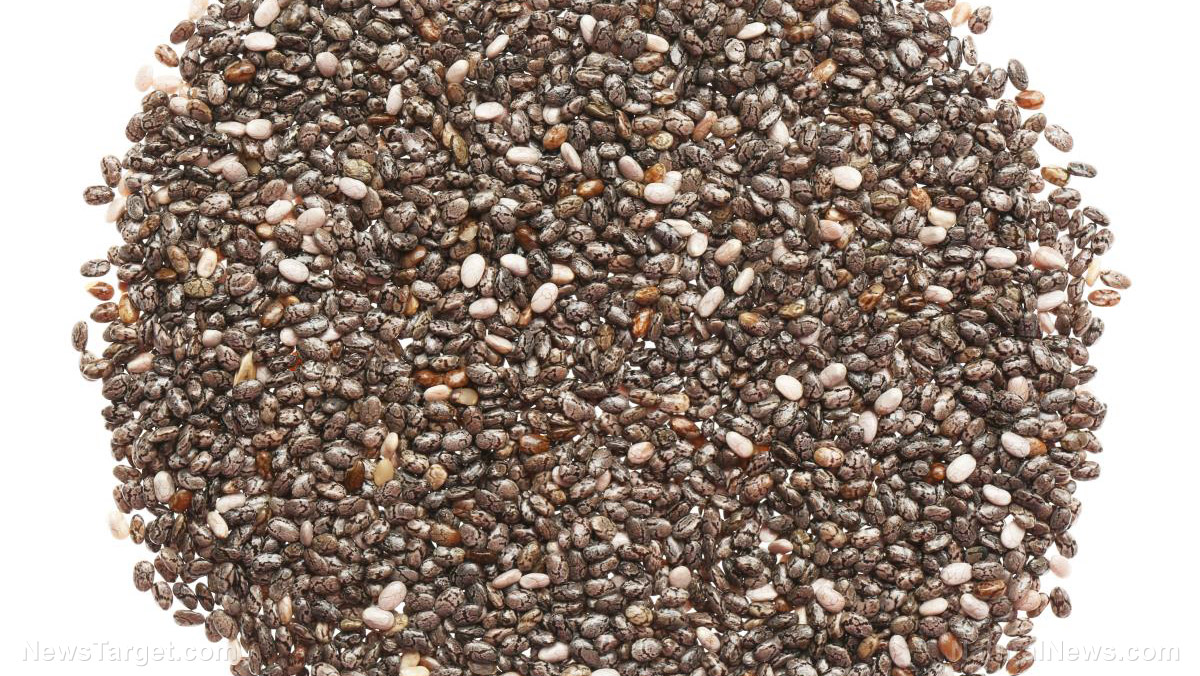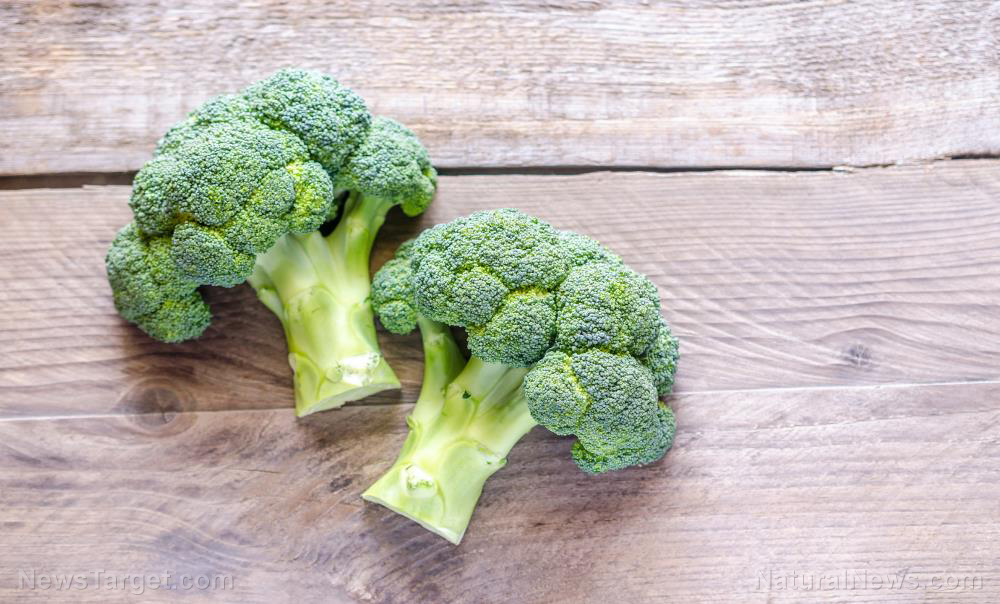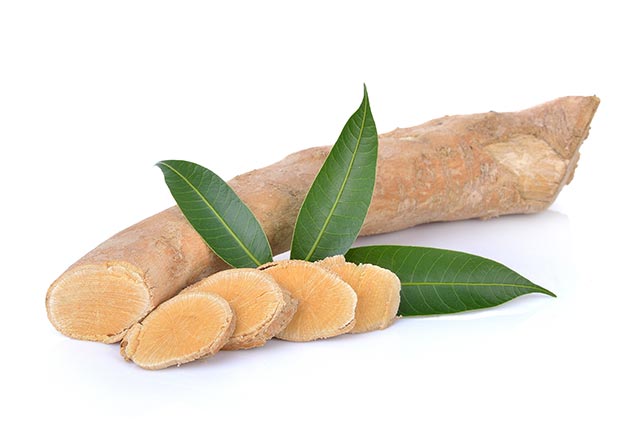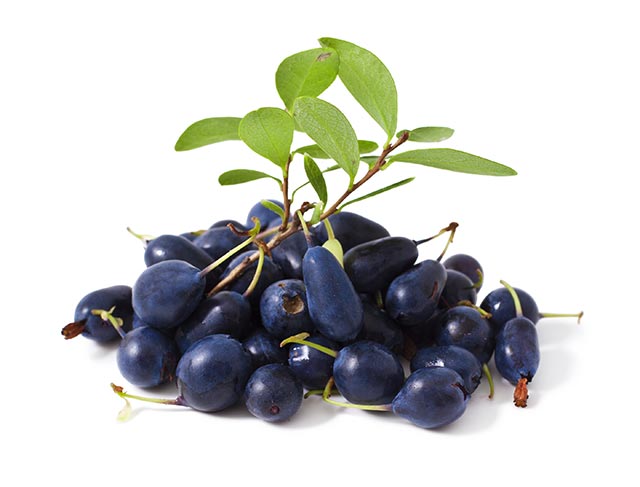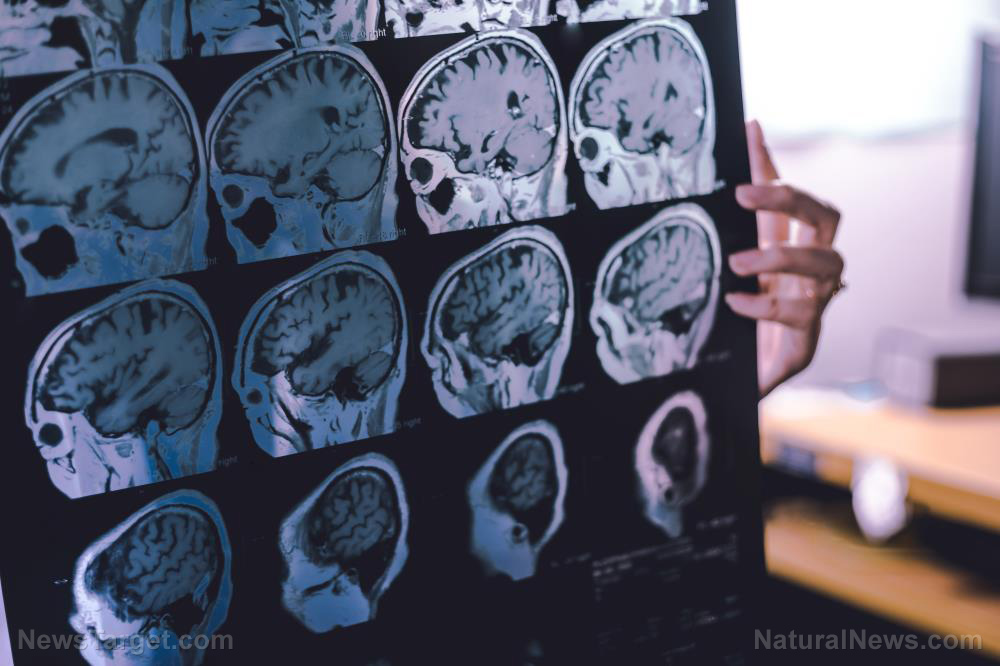Turmeric is a better and safer way to treat spinal cord injury than conventional drugs
05/09/2019 / By Edsel Cook

Patients afflicted with spinal cord injuries (SCI) can finally have an alternative means of relieving their chronic pain without resorting to surgery or pharmaceutical drugs. Instead of undergoing an expensive operation or taking toxic corticosteroids, they can get effective pain relief from curcumin, the primary bioactive compound of the popular Indian spice turmeric.
Researchers from the medical centers of the University of Nebraska-Omaha (UNO) and Nassau University (NU) started their groundbreaking study by performing a thorough review of all existing scientific literature on the effects of curcumin on SCI. Then, they compared the therapeutic effects of the turmeric-derived compound to standard therapies that used corticosteroids.
“Because all studies that compare the two show superior results for curcumin over corticosteroids, it could be true that curcumin better acts at the inflammatory source of SCI-mediated neurological injury, although this question remains unanswered in patients,” stated the researchers. (Related: Have a glass of (golden) milk: What is turmeric milk and what are its health benefits?)
Curcumin is both safer and more effective than anti-inflammatory drugs
Inflammation is mainly responsible for inflicting damage upon the injured tissues of the spinal cord for SCI patients. Although part of the natural immune system, excessive or badly regulated inflammation can actually harm the cells and tissues it was supposed to protect.
To make things more complicated, SCI feature both primary and secondary inflammatory processes. Both types of inflammation contribute to the crippling pain experienced by SCI patients – but curcumin happens to be their perfect counter.
The power of the elements: Discover Colloidal Silver Mouthwash with quality, natural ingredients like Sangre de Drago sap, black walnut hulls, menthol crystals and more. Zero artificial sweeteners, colors or alcohol. Learn more at the Health Ranger Store and help support this news site.
“Two phases of SCI exist,” explained the UNO-NU researchers in their paper published in the journal Neurology Research International. “Primary injury starts after physical impact causing damage to some axons, and the cascade of inflammatory events that follows causes the loss of large numbers of axons resulting in sensorimotor losses, termed secondary injury.”
In their systematic review of the literature, they found that curcumin serves as a powerful anti-inflammatory. The bioactive compound displayed a pleotropic ability to influence multiple phenotypes. That means curcumin can mediate the two different inflammatory processes at the same time, allowing it to reduce the damage and pain to the SCI.
Curcumin can heal the injuries sustained by the spinal cord
If that isn’t enough, the spice containing curcumin is also capable of getting neurological tissues to regenerate their damage. Turmeric achieved this through a compound called aromatic turmerone, which stimulates neural stem cells found in the nervous system.
Stem cells are in charge of healing damaged cells. Until recently, it was believed that the spinal cord did not contain neural stem cells.
In a separate study, the Kyungpook National University Hospital reported that curcumin triggered the production of neural progenitor cells that could repair damage to the spinal cord. The Korean study suggested that curcumin could treat the SCI itself, thereby addressing the root cause of the disability.
Furthermore, the study also brought up the antioxidant and anti-fibrotic properties of curcumin. The polyphenol not only minimized the harm caused by SCI, but it also encouraged the damaged cells to heal much faster.
Earlier animal models of SCI showed that curcumin helped the animals recover their lost functions at a faster pace. The results of the UNO-NU’s clinical trial supported the findings of those tests regarding the ability of curcumin to produce functional improvement and even recovery.
In summary, curcumin appears to be at least as effective as corticosteroid-based therapies for SCI. So taking it as a supplement or as part of regular meals should be considered a supportive or complementary means of treating spinal injuries.
Sources include:
Tagged Under: alternative medicine, corticosteroids, curcumin, food cures, food is medicine, functional food, natural cures, natural medicine, natural remedies, pain relief, remedies, spinal cord, spinal cord injury, supplements, turmeric

